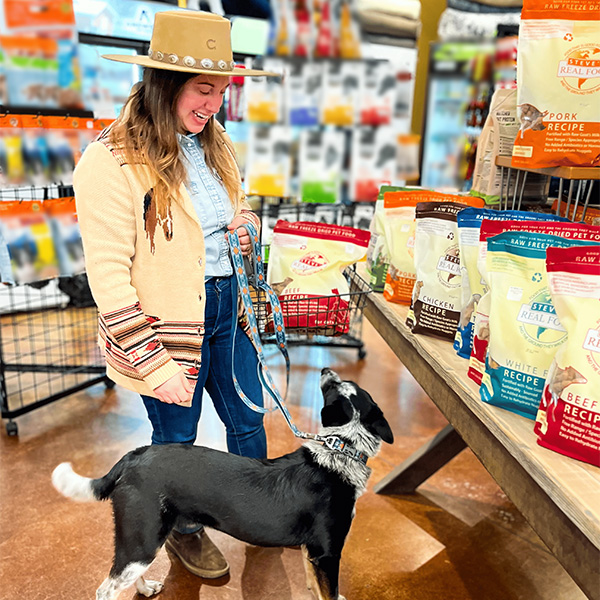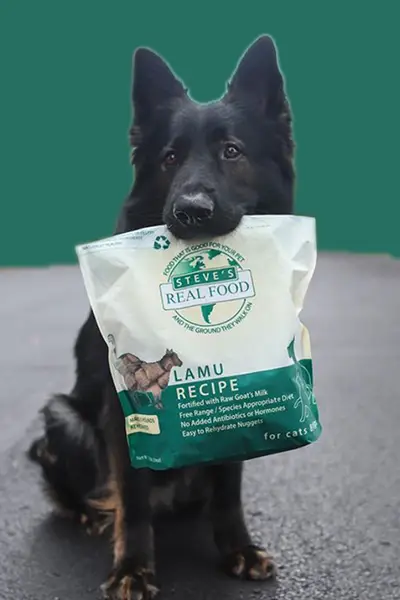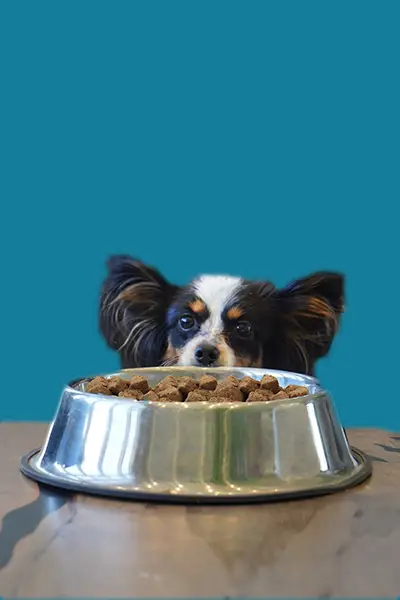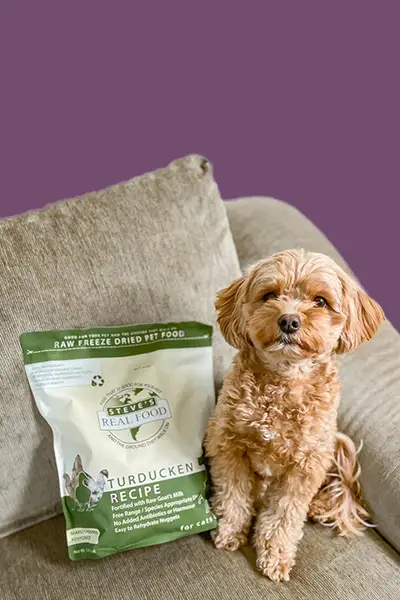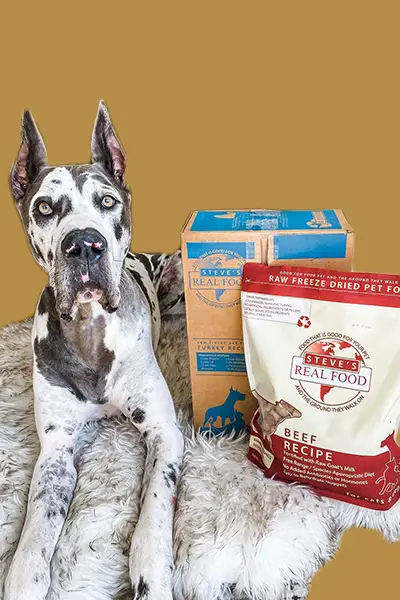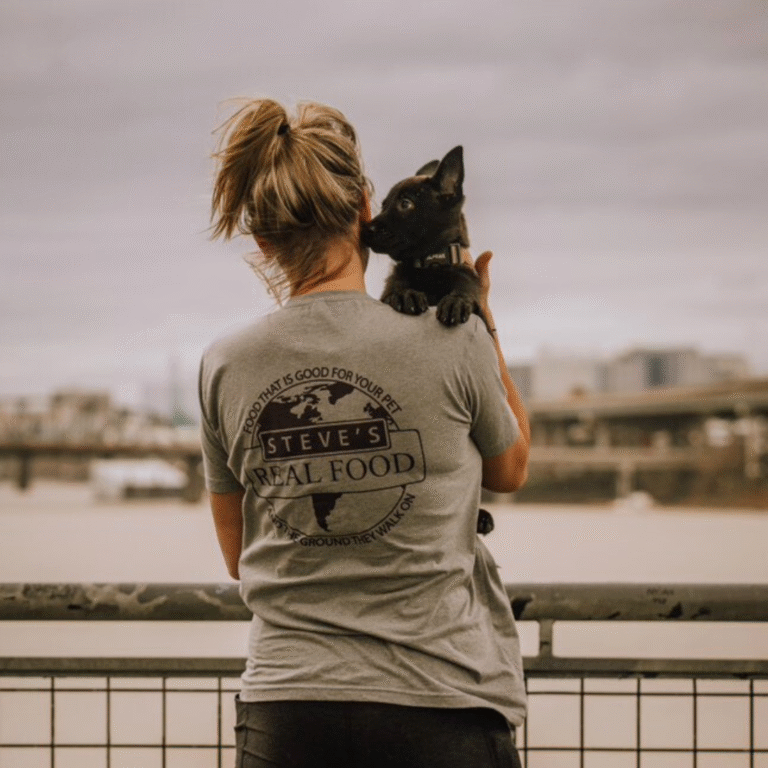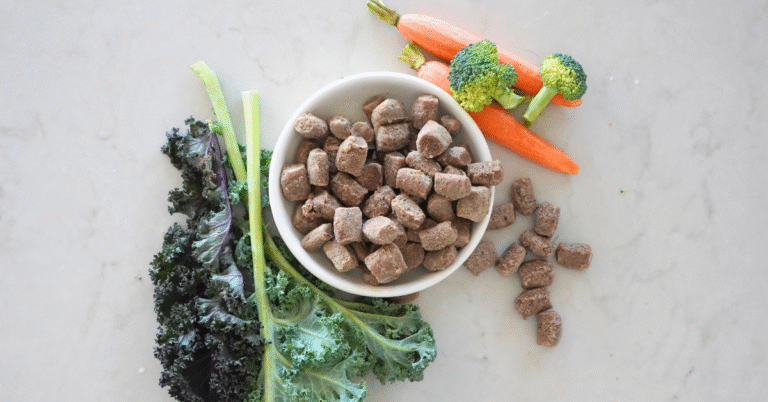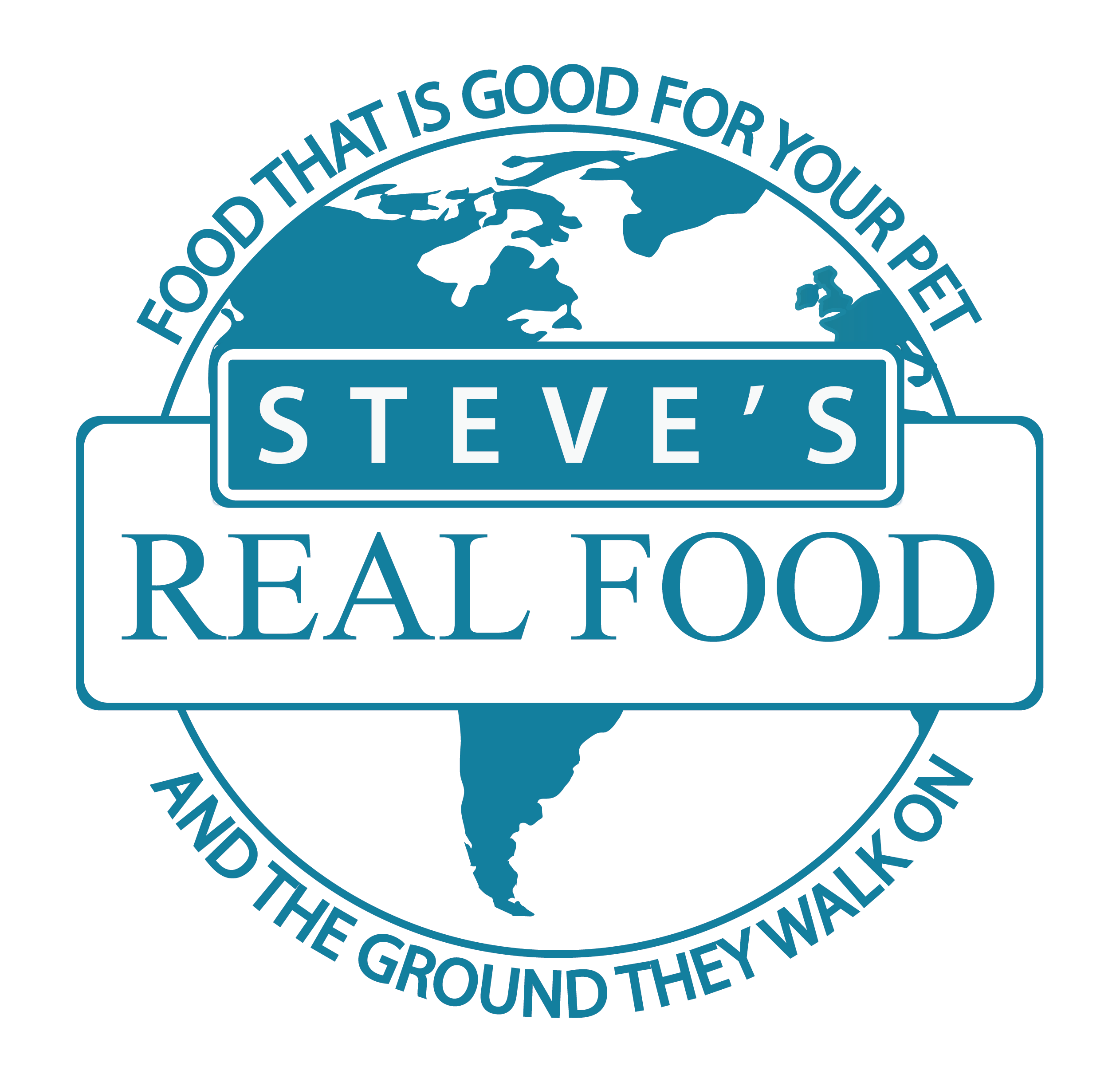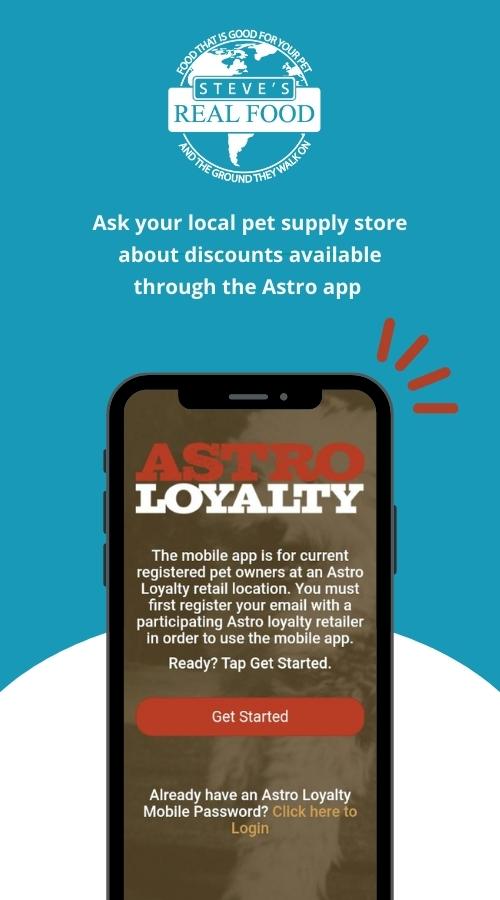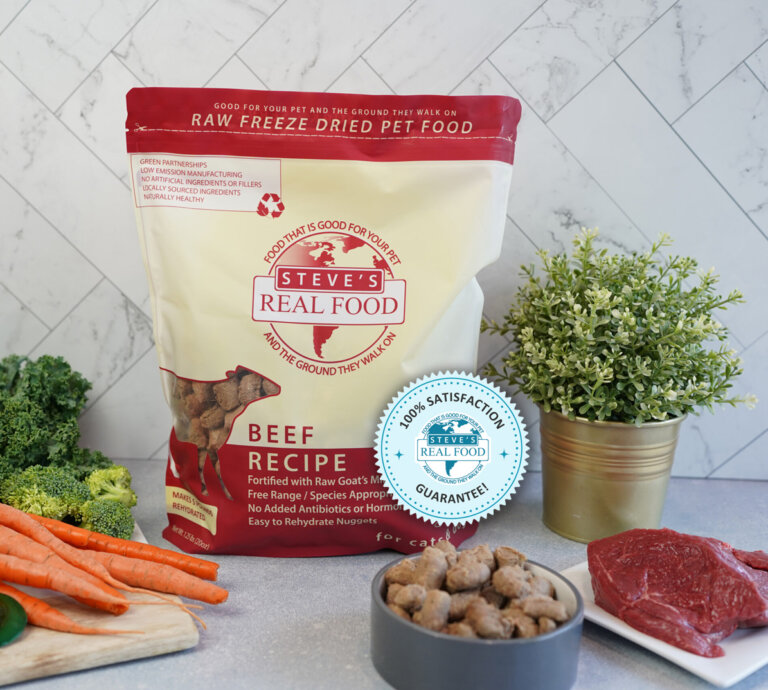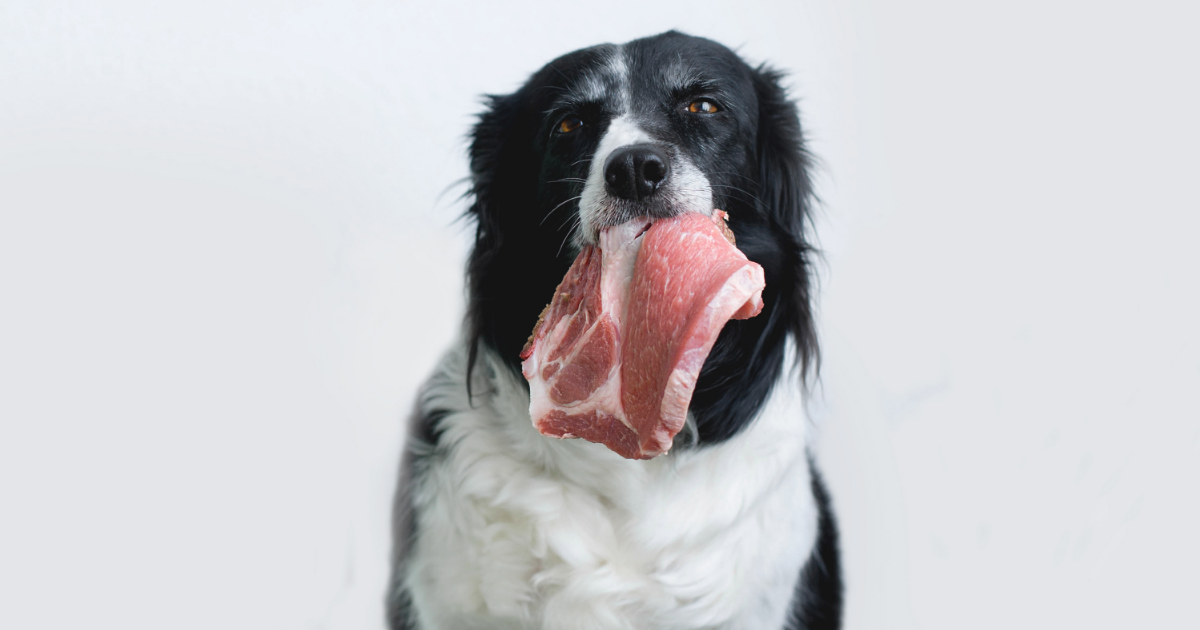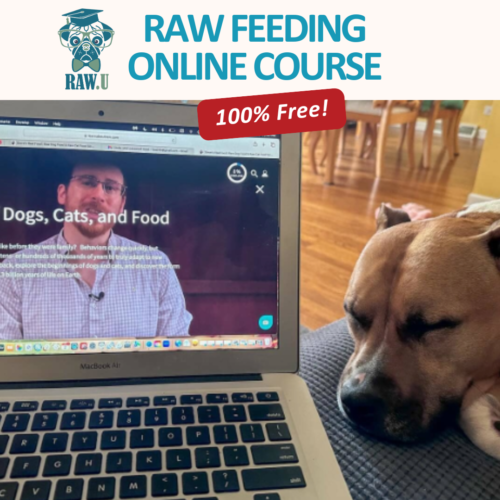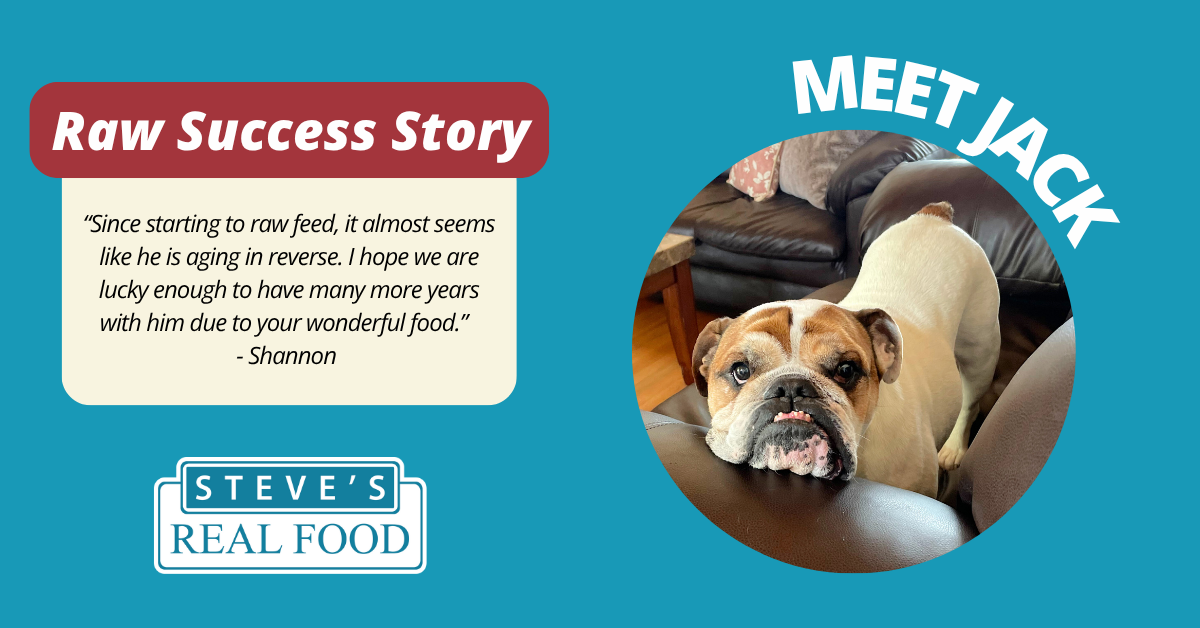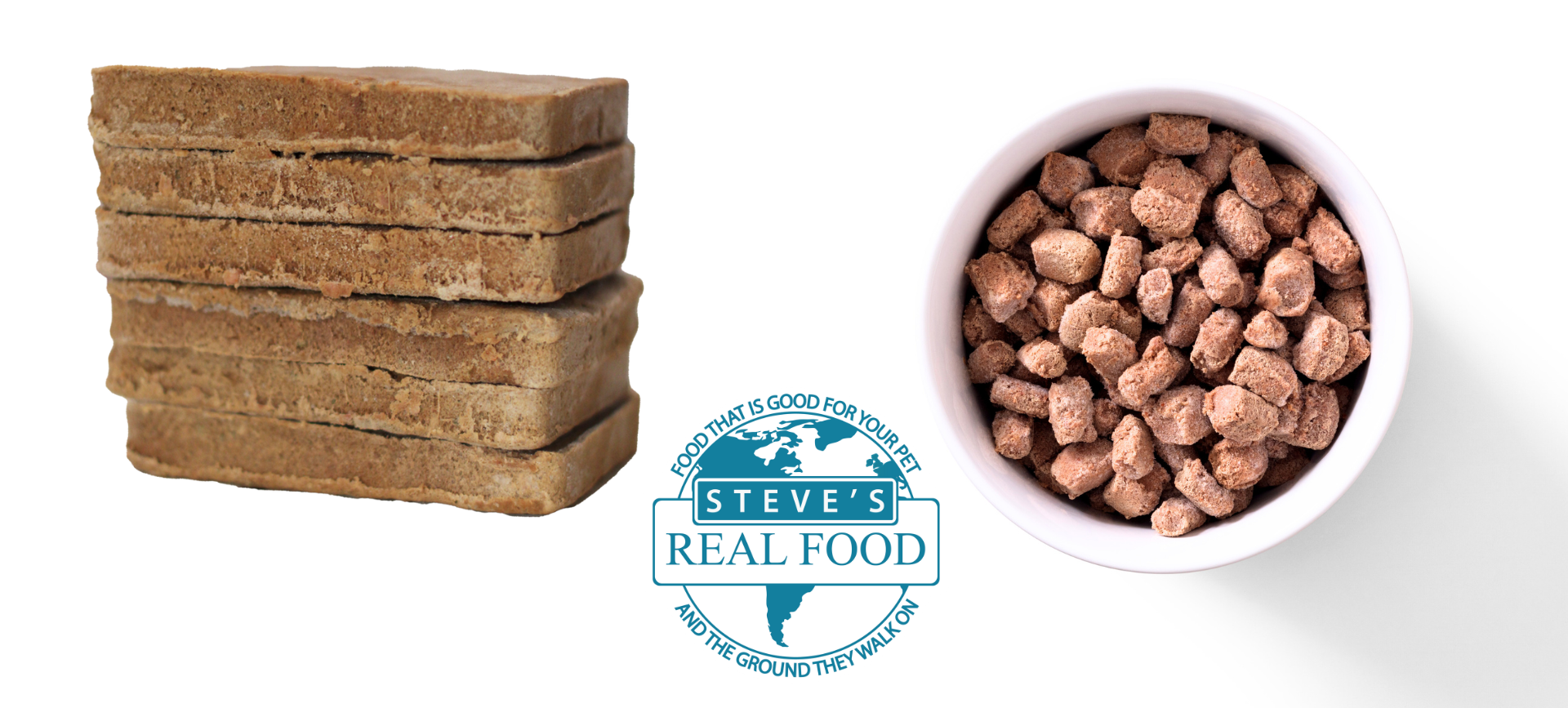One of the main concerns pet parents have when considering a raw diet is safety. But first, let us put overall pet food safety into perspective:
Between 2020 and 2023, almost 8 million pounds of dry food was recalled for bacteria, making up 98% of all bacteria pet food recalls. Raw food only accounted for 0.3% of all bacteria recalls.
Food safety ultimately comes down to quality sourcing, strict standards, and proper handling at home. At Steve’s Real Food specifically, we go above and beyond to ensure that we’re supplying a safe, reliable raw product for you and your pet.
Let’s break down some of the top concerns related to raw food safety:
Bacterial Contamination
Safe raw pet food starts with quality sourcing, which is why our ingredients are exclusively sourced from human-quality, USDA-inspected farms.
All our diets undergo high-pressure processing (HPP). This cold water pressure process effectively eliminates any harmful bacteria or other pathogens – without compromising the nutritional integrity of the food.
We also thoroughly test every batch of pet food for pathogens to ensure the absence of any harmful bacteria.
Nutritional Imbalances
Is it possible for homemade raw diets (without proper research or professional consultation) to be deficient in essential nutrients? Absolutely!
However, our commercial raw diets are formulated to meet the nutritional levels established by AAFCO dog and cat food nutrient profiles (without the use of synthetic vitamins!) and reviewed by a PhD animal nutritionist.
Each ingredient in our recipes is intentionally chosen and serves a purpose – from the human-grade meats to the GMO-free, pesticide-free produce.
Risk to Humans
Feeding your pet a raw diet is no more risky than preparing meat for your human family’s dinner! Proper raw food handling, whether it’s raw meat for you or for your pet, is the most important factor.
- Practice proper hygiene by washing your hands after handling raw.
- Clean kitchen surfaces that come into contact with raw food and wash pet bowls/dishes after each meal.
- Freeze frozen raw food promptly and maintain appropriate temperatures.
- Keep thawed raw food in the fridge for no more than 3 days.
- Refrigerate any uneaten pet food within 1 hour.
Conclusion: Is Raw Food Safe?
With proper food handling and storage by pet parents and selecting a raw diet (like Steve’s!) that undergoes various safety measures for your pet, raw food is a safe, effective choice for cats and dogs.
 Beef
Beef Chicken
Chicken Whitefish
Whitefish Pork
Pork Lamb
Lamb Turkey
Turkey Turducken
Turducken All Protein
All Protein Beef
Beef Chicken
Chicken White Fish
White Fish Pork
Pork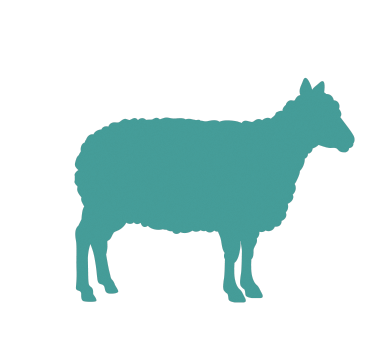 Lamb
Lamb Turkey
Turkey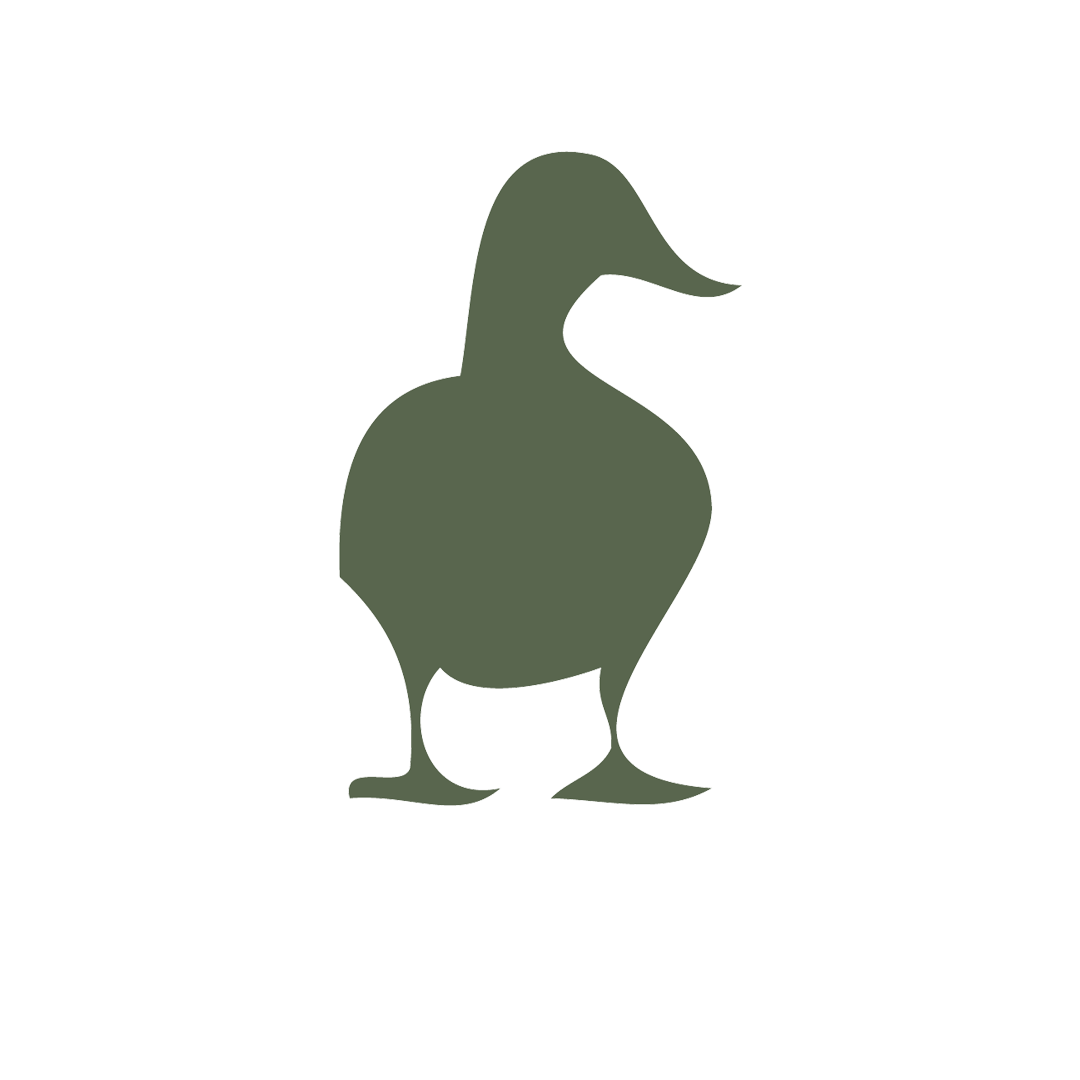 Duck
Duck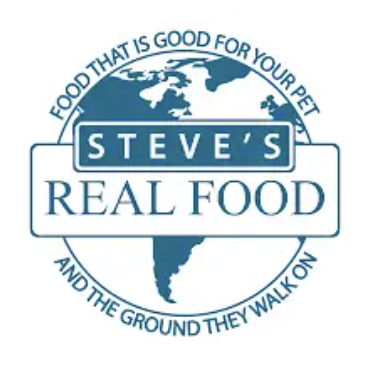 All Products
All Products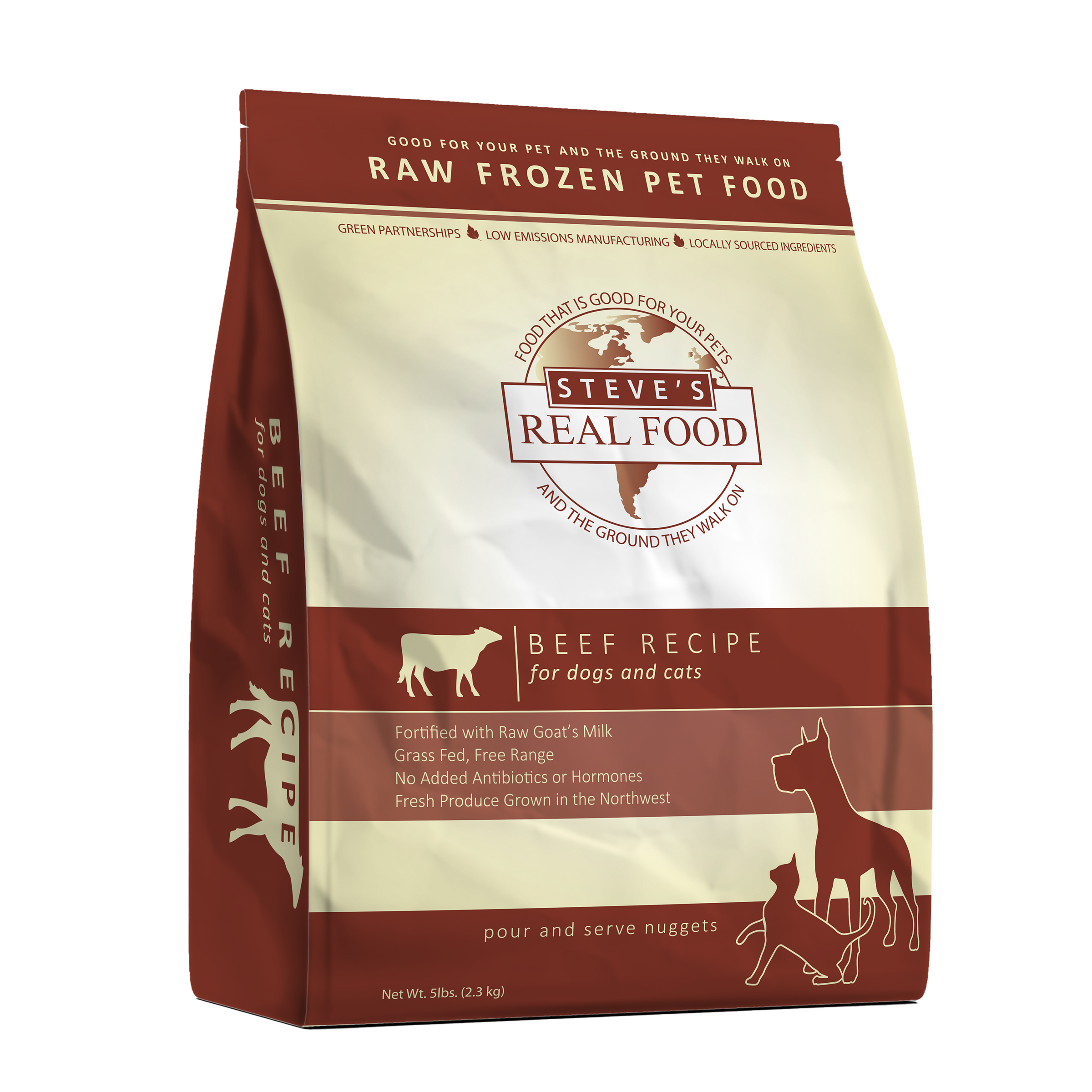 Frozen Raw Pet Food
Frozen Raw Pet Food
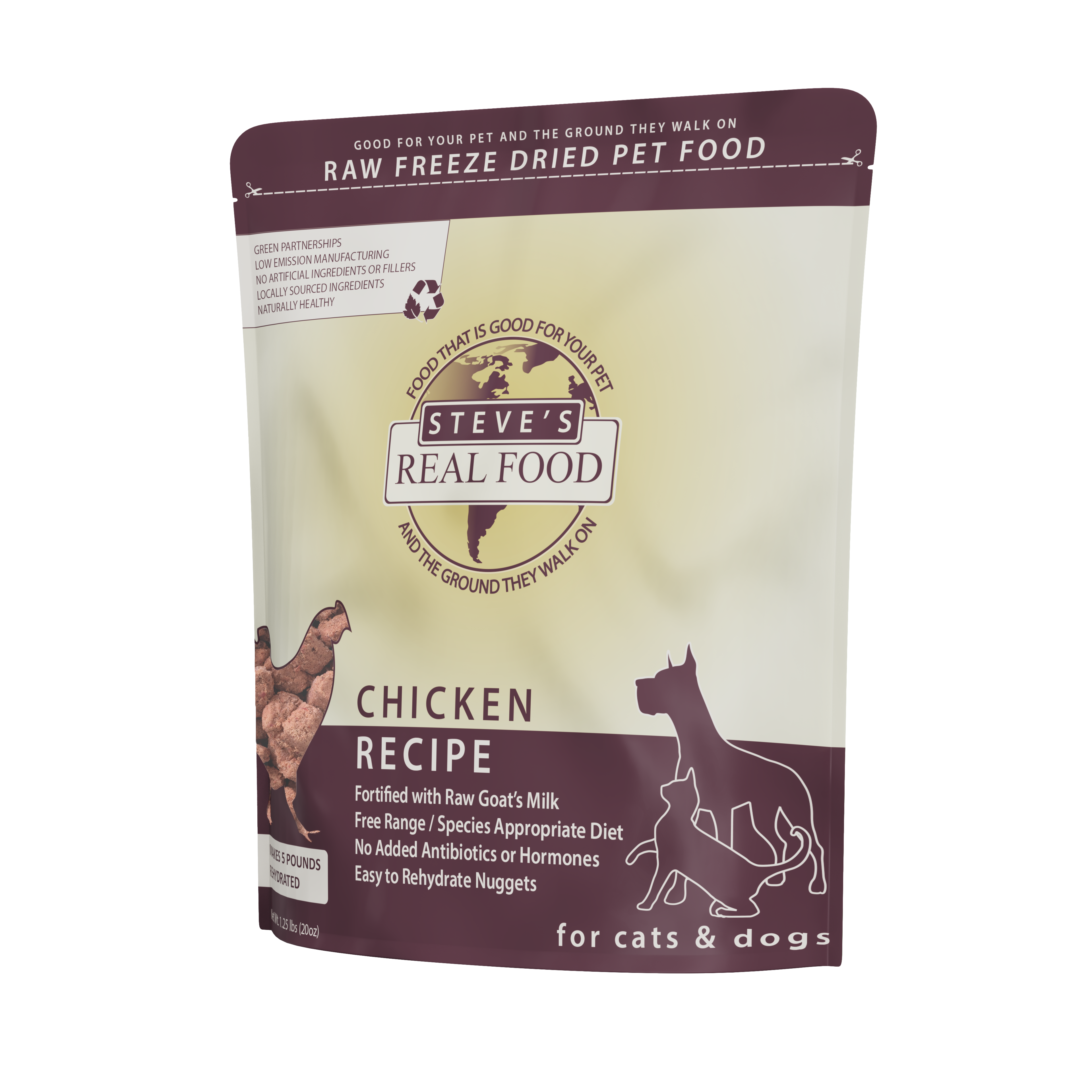 Freeze Dried Raw Pet Food
Freeze Dried Raw Pet Food
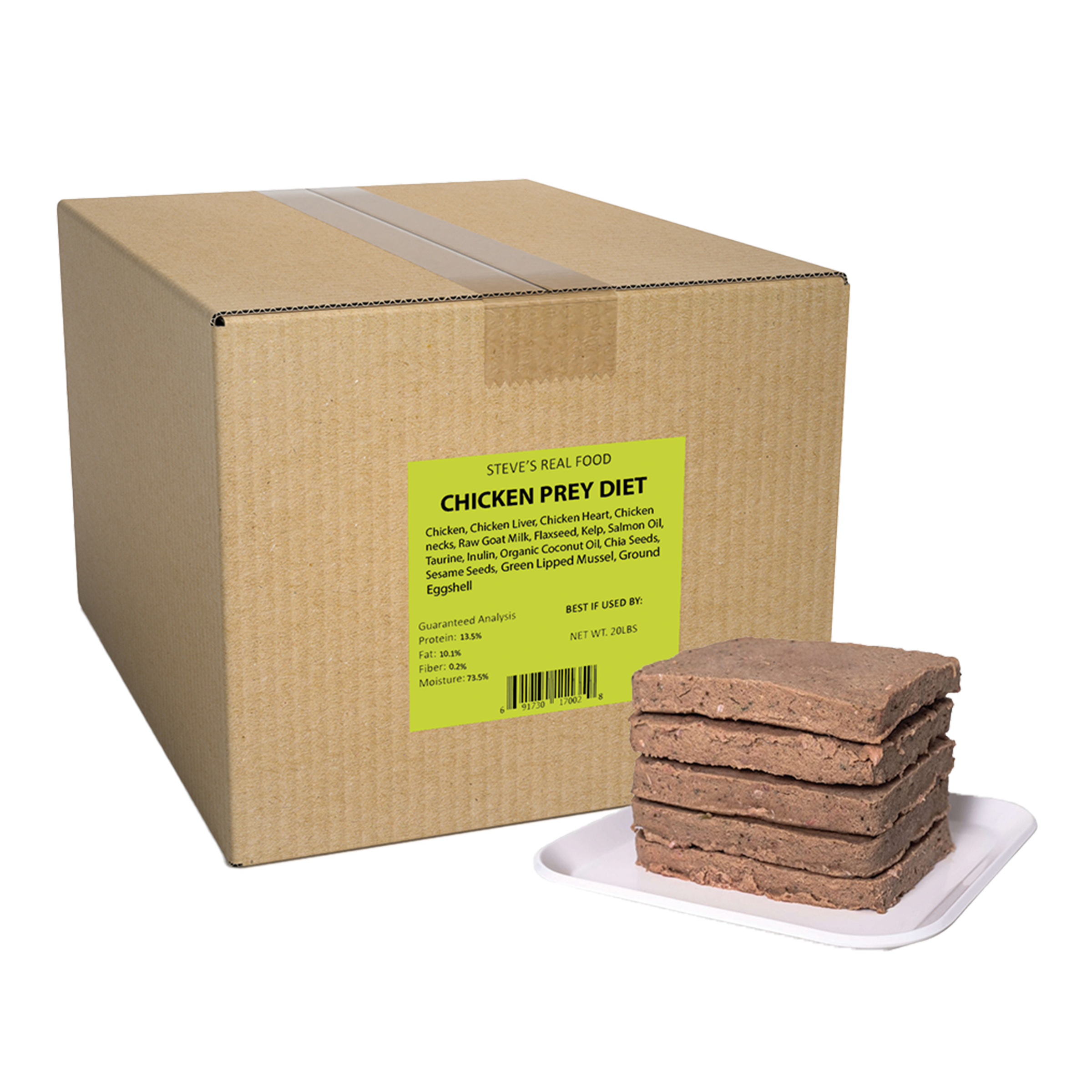 Frozen Prey Diet
Frozen Prey Diet
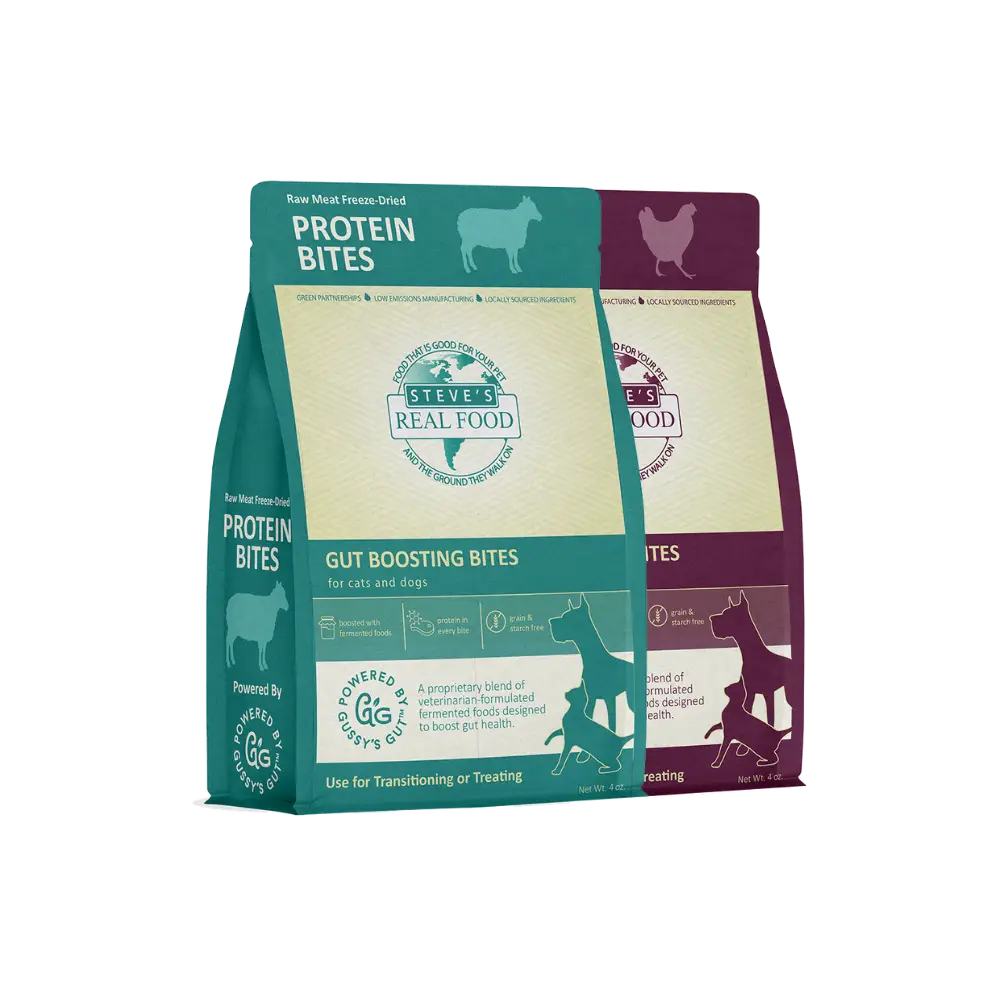 Freeze Dried Protein Bites
Freeze Dried Protein Bites
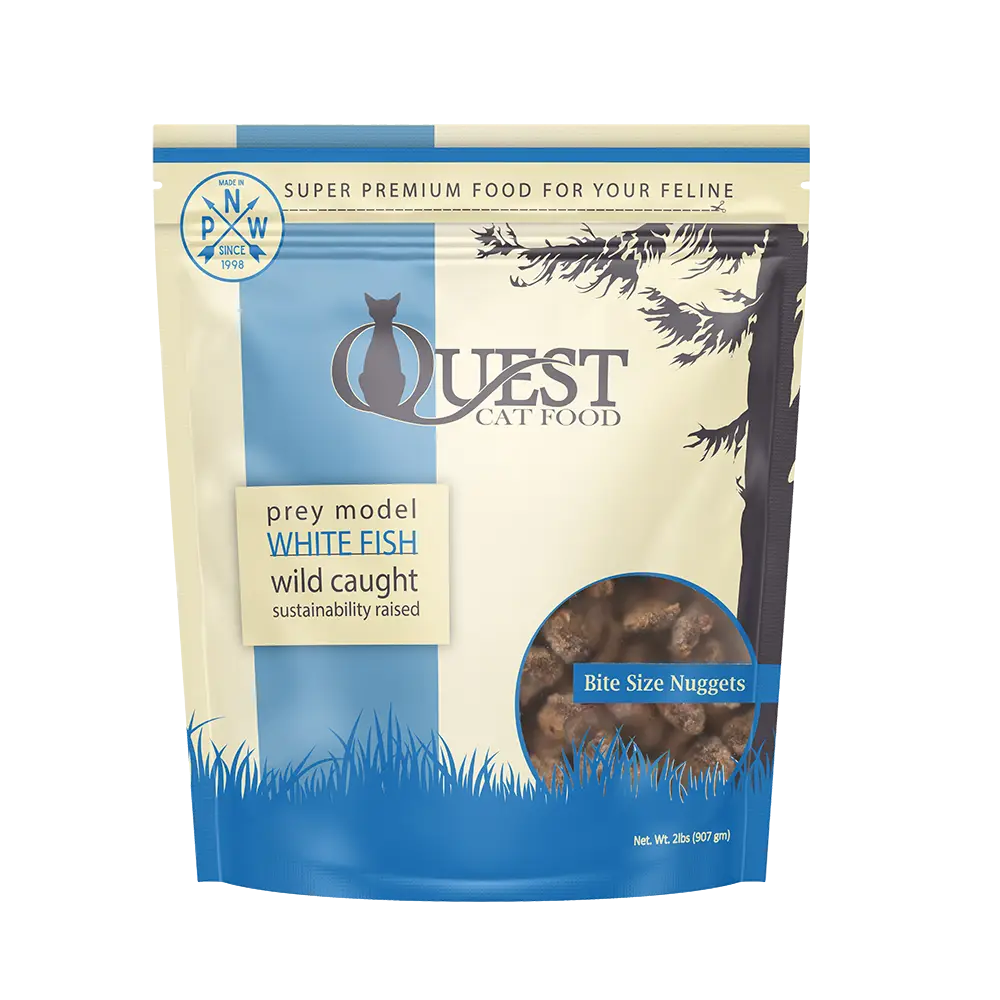 Frozen Quest
Frozen Quest
 Freeze Dried Quest
Freeze Dried Quest
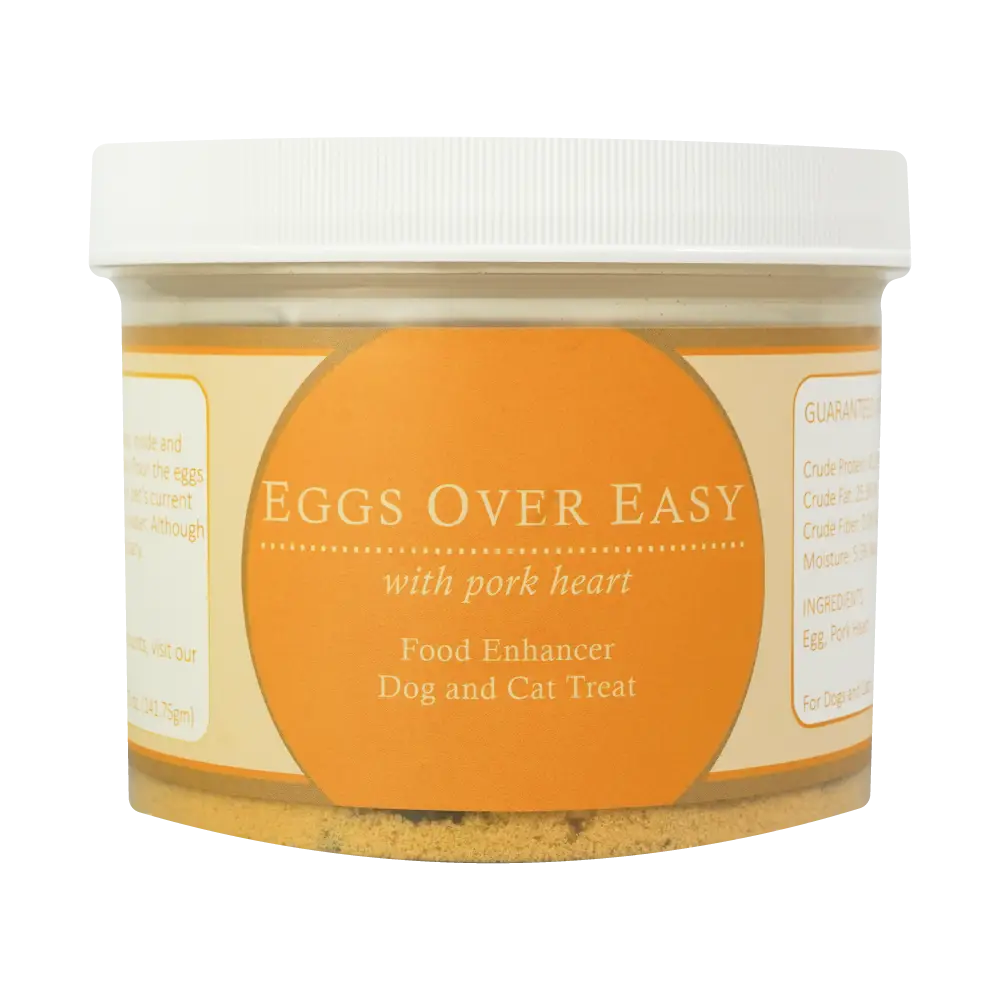 Eggs over Easy
Eggs over Easy
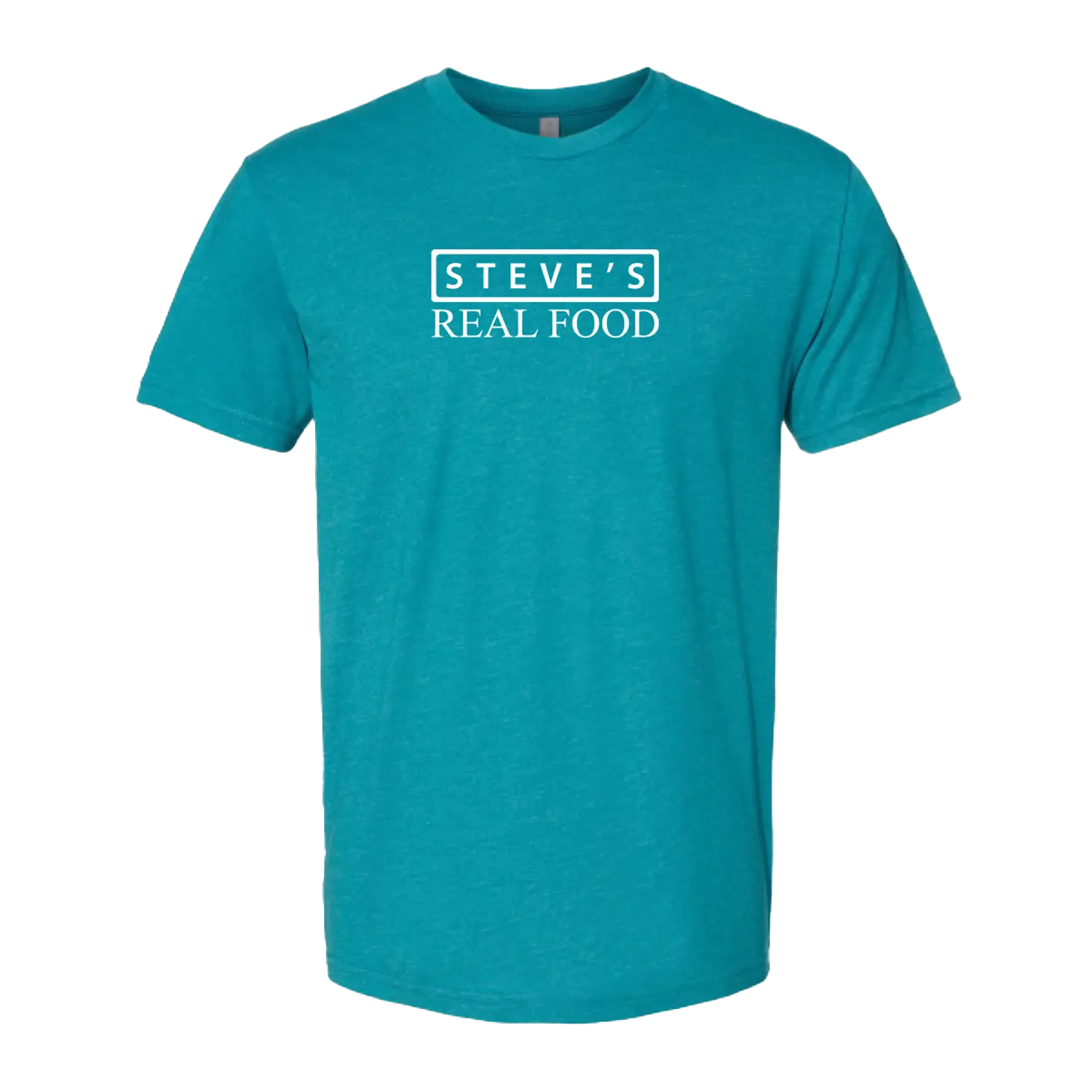 Steve's Merch
Steve's Merch 